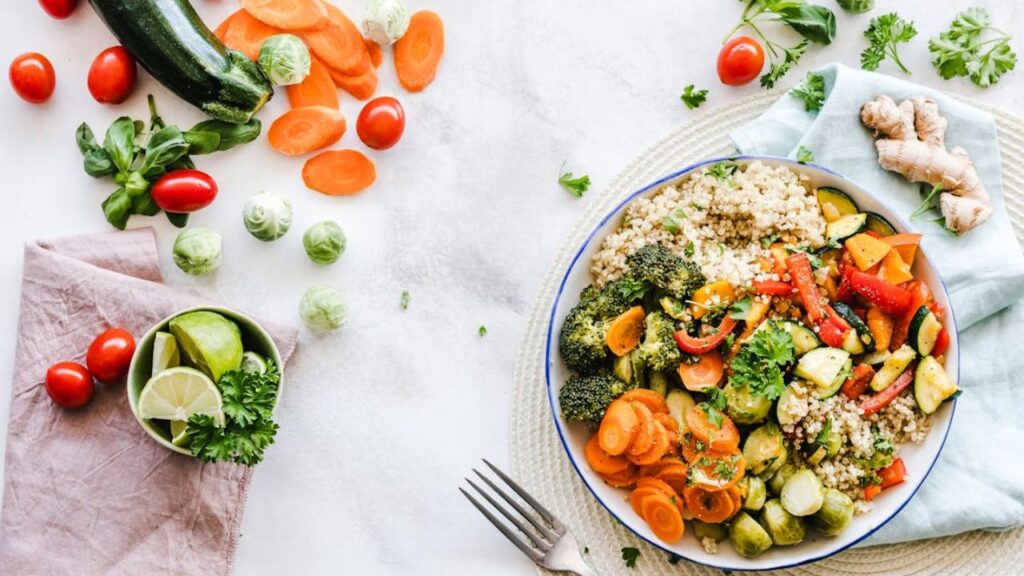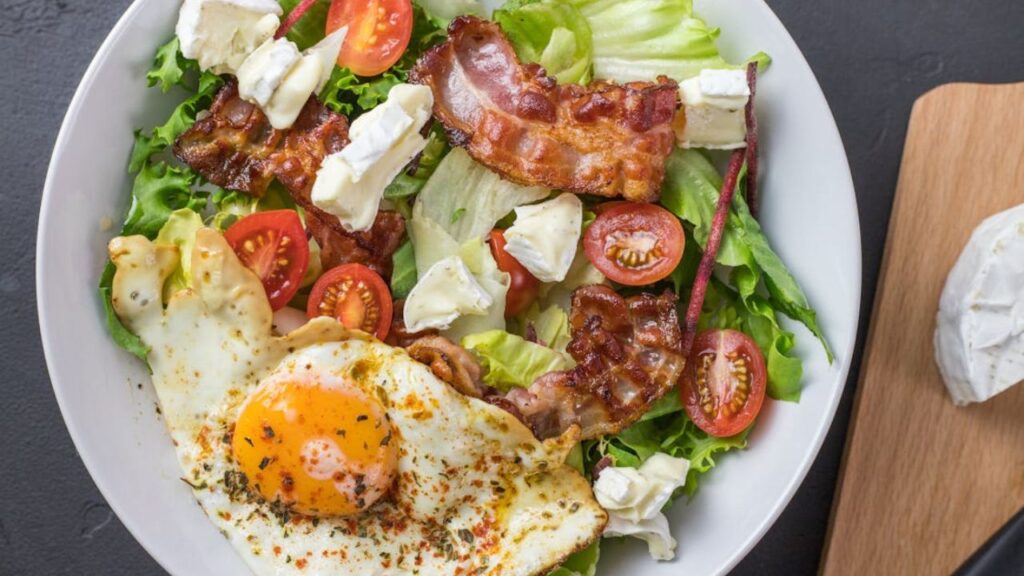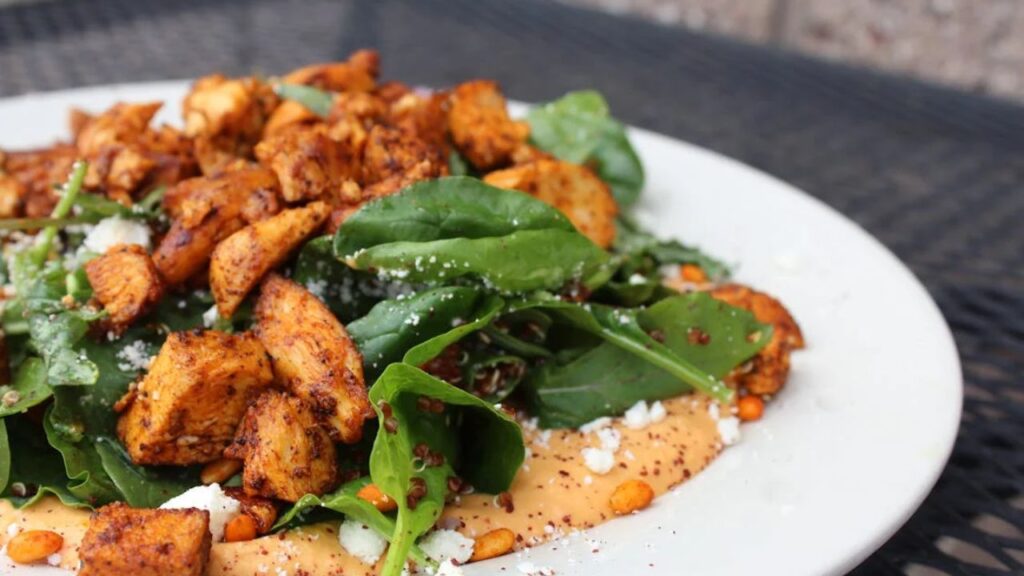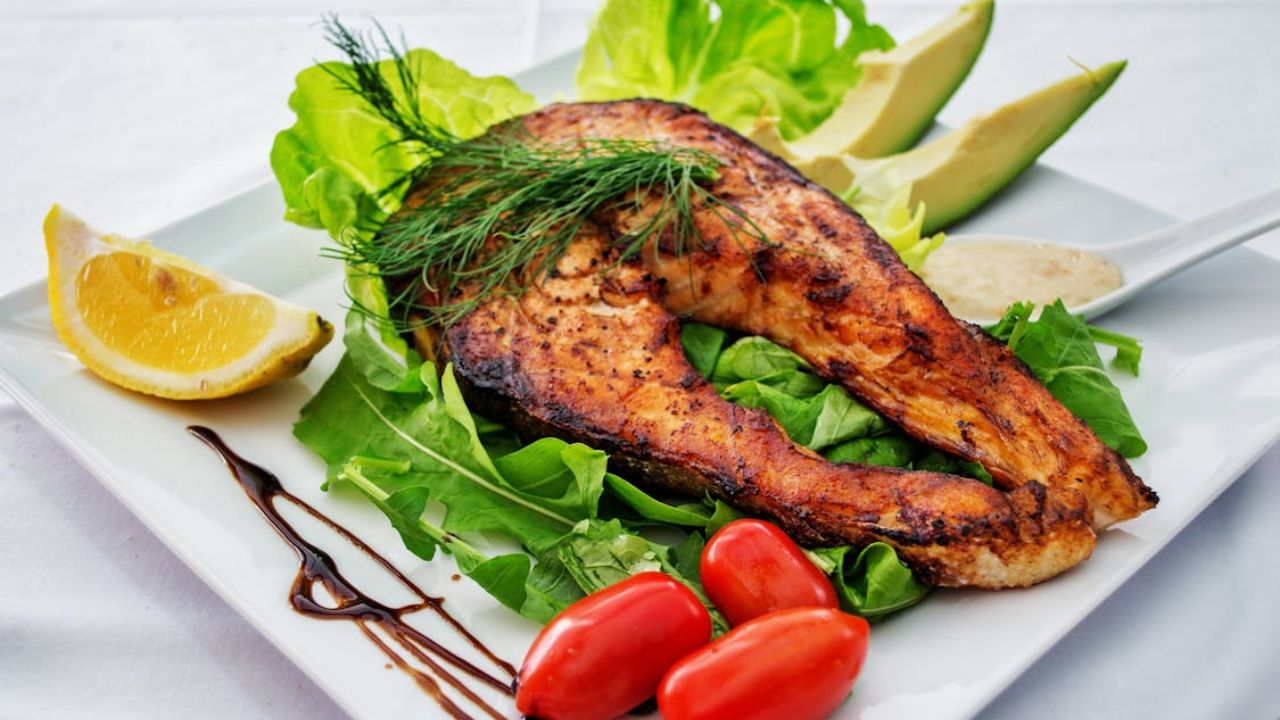Common Asian noodle dish Residence Special Mei Fun pairs fresh veggies, meats, and flavorful sauces with stir-fried rice noodles. The highlight of this meal are thin rice noodles, often known as “house special mei fun.” Mei fun absorbs tastes fast, unlike thicker noodles, thus every mouthful explodes with taste. Along with vegetables including carrots, bell peppers, and bean sprouts, the “house special” variation sometimes calls for shrimp, chicken, beef, or tofu. Perfect for lunch or supper, this is a flexible dish with satisfying and customizing capability. This meal has something for everyone regardless of your level of familiarity with Asian food or lifetime love of it.

The Origins of House Special Fun
Although Cantonese cuisine is its source, this dish has developed internationally, particularly in American-Chinese restaurants. Often eaten at celebrations or family get-togethers, Mei fun noodles are a mainstay of Southern China. The “house special” twist most likely developed as cooks tried adding luxury items to draw customers. These days, many Asian fusion restaurants feature this menu item. Its popularity comes from its adaptability—chefs can tweak proteins, veggies, or sauces based on local tastes. In the United States, for instance, you could get it in a somewhat sweeter sauce; conventional preparations follow soy-based characteristics.
Key Ingredients in House Special Fun
The wonders of House Special Mei Fun are found in the components. Made with thin rice noodles, cooked till soft but still somewhat chewy, the foundation is: While tofu maintains vegetarian-friendliness, proteins like shrimp, chicken, or beef offer heartiness. Fresh vegetables offer crunch and color; such as onions, carrots, cabbage, and scallions especially Made mostly with soy sauce, oyster sauce, and sesame oil, a savory sauce brings everything together. Some recipes ask for eggs mobilized into the batter for extra richness. This dish is great as it lets you substitute ingredients based on dietary restrictions or refrigerator contents. Just watch to keep the noodles front and middle.
How to Cook Perfect House Special Mei Fun at Home
Cooking House Exclusive Mei Fun right at home is simpler than you might imagine! First, soak dry rice noodles in warm water until they soften—about ten minutes. Drain and reserve. After heating oil in a big skillet or wok, sauté ginger and garlic for fragrance. Add your preferred protein and heat till browned. Toss vegetables then stir-fry for two to three minutes. Clear everything to one side, break an egg into the pan, and scramble it. Combine all the ingredients; then, add the noodles. Pour in your sauce (soy, oyster, and a little sugar work nicely); toss until equally covered. Present with cilantro or sesame seeds. For that real “wok hei,” or breath of the work, use high heat.
Variations of House Special Mei Fun
Not every House Special is exactly Mehui. The same is true of fun! This meal is kept interesting by regional and nutritional variances. You could find it flavored in Thailand with chili and basil. While gluten-free recipes call for tamari rather than soy sauce, vegetarian versions omit meat for tofu or other vegetables. For crunch and sweetness, some cooks use cashews or pineapple. Use zucchini noodle soup, or shirataki pasta, for a low-carb take-off. Seafood aficionados might layer it with scallops or squid. The goal is to keep the balance of flavors and textures—soft noodles, crisp veggies, and sauce heavy in umami.

Why House Special Mei Fun Is a Crowd-Pleaser
House Unique Mei Three reasons—flavor, adaptability, and simplicity—help Fun win hearts. Children and adults will find appeal in its savory-sweet sauce. Although the noodles keep it comfortable, the combination of meats and vegetables makes a meal balanced. For finicky diners, it’s also simple to modify—omit mushrooms, add more broccoli, or cut the heat level. It also cooks quickly, which makes it perfect for hectic weeknights. This recipe seldom leaves leftovers whether presented at a potluck or a family supper.
Health Benefits of House Special Fun
Although House Special Mei tastes luxurious, one can find nutrients in fun! Lower in calories and gluten-free than wheat pasta are rice noodles. For vitamins A and C, load it with vegetables like bell peppers and spinach. Lean proteins—such as chicken or prawns—add protein without more fat. While a little sesame oil supplies good lipids, using reduced-sodium soy sauce reduces salt. For additional fiber, throw edamame or snap peas. Just pay attention to portion quantities; noodles can be high in carbohydrates. All things considered, this dinner meets needs without compromising health objectives.
Pairing House Special Mei with Other Dishes
House Special Mei Fun complements simpler sides really wonderfully. Try it with steamed dumplings for contrast or a fresh cucumber salad. While miso soup warms the dinner, egg rolls or spring rolls give crunch. For beverages, green tea or a light beer accentuates the richness of the cuisine. Dessert is Simplify it with lychee sorbet or mango pieces. Present a feast beside fried rice or General Tso’s chicken to combine tastes and textures.
Tips for Making the Best House Special Fun
- Prep ingredients ahead: To save time, cut vegetables and marinade meats..
- Don’t overcook noodles: Though not mushy, they ought to be soft.
- Use high heat: This seals in taste and helps noodles stay mushy free.
- Customize the sauce:For temperatures add sriracha; for softness, honey.
- Garnish generously:The wedges of lime or fresh herbs brighten the food.
- Leftovers?: Store in a sealed air container; reheat to preserve texture in a skillet rather than in a microwave.

Where to Find Authentic House Special Mei Fun
Yearning for House Special Mei Fun but not sure you want to cook? Check neighborhood Chinese or Asian fusion eateries; many have “chef’s specials” listed. Review books to locate areas hailed for taste and freshness. For a fast fix, several supermarkets have pre-made kits including noodles and sauce. See Chinatown areas or food festivals where cooks highlight traditional dishes for the actual deal. Better still, invite friends to a DIY stir-fry evening and personalize your own!
House Special Mei Fun vs. Other Noodle Dishes: A Simple Comparison
| Aspect | House Special Mei Fun | Other Noodle Dishes |
| Base Noodles | Thin rice noodles (mei fun) that soak up sauces and stay light. 🍜 | Often uses thicker noodles (udon, ramen) or wheat-based options (spaghetti, lo mein). |
| Flavor Profile | Savory-sweet with umami depth from soy/oyster sauce. Perfectly balanced! 🥢 | Can vary widely—spicy, creamy, or broth-based (like pho or laksa). |
| Customization | Loaded with proteins (shrimp, chicken, beef) and veggies—great for using leftovers! 🥕 | Many dishes stick to one protein or focus on specific regional flavors. |
| Cooking Style | Quick stir-fry on high heat for crispy edges and tender noodles. 🔥 | May require boiling, simmering, or baking (like baked ziti or lasagna). |
| Health Factor | Easily made gluten-free or veggie-packed; lighter than heavy cream-based dishes. 🌱 | Some dishes are carb-heavy or rely on rich sauces (e.g., Alfredo, curry). |
| Availability | Common in Chinese/American-Chinese restaurants but easy to DIY at home. 🏡 | Regional specialties (pad Thai, japchae) might need specialty ingredients. |
Final Thoughts on House Special Mei
House specific Mei: Fun puts more value on the flavor and changeability than simply eating noodles. No matter how you get Spanish food, you’ll find that its flavors and textures are always enjoyable. Have fun trying out new flavors to find the best combination for your dis. You can make this recipe any night, at a party, or for meal prep; it is simple to prepare. Try it; you’ll understand why this movie is loved so much!
FAQ’s
1. What makes House Special Mei Fun different from regular stir-fried noodles?
Usually mixed in a savory-sweet sauce, the “house special” variation consists of fresh vegetables and premium proteins—such as shrimp, chicken, and beef). It tastes better and loads more than simple stir-fried noodle recipes.
2. Can I make House Special Mei Fun gluten-free?
Actually! Substitute aminos from coconut or the tamari for the soy sauce while making gluten-free noodles made from rice. Either skip oyster sauce or go for a gluten-free variation.
3. Is this dish vegetarian-friendly?
Yes. Replace beef with tofu or additional vegetables; use soy or vegetarian oyster sauce. If the recipe calls for fish sauce, skip it.
4. What’s the #1 tip for avoiding soggy noodles?
To keep in texture, take the rice noodles only till soft and stir-fry on high heat instead of overcooking them.
5. What’s a quick side dish to pair with House Special Mei Fun?
A steaming edamame or a mild cucumber lettuce balances the meal exactly. Put spring rolls for something crunchy.
